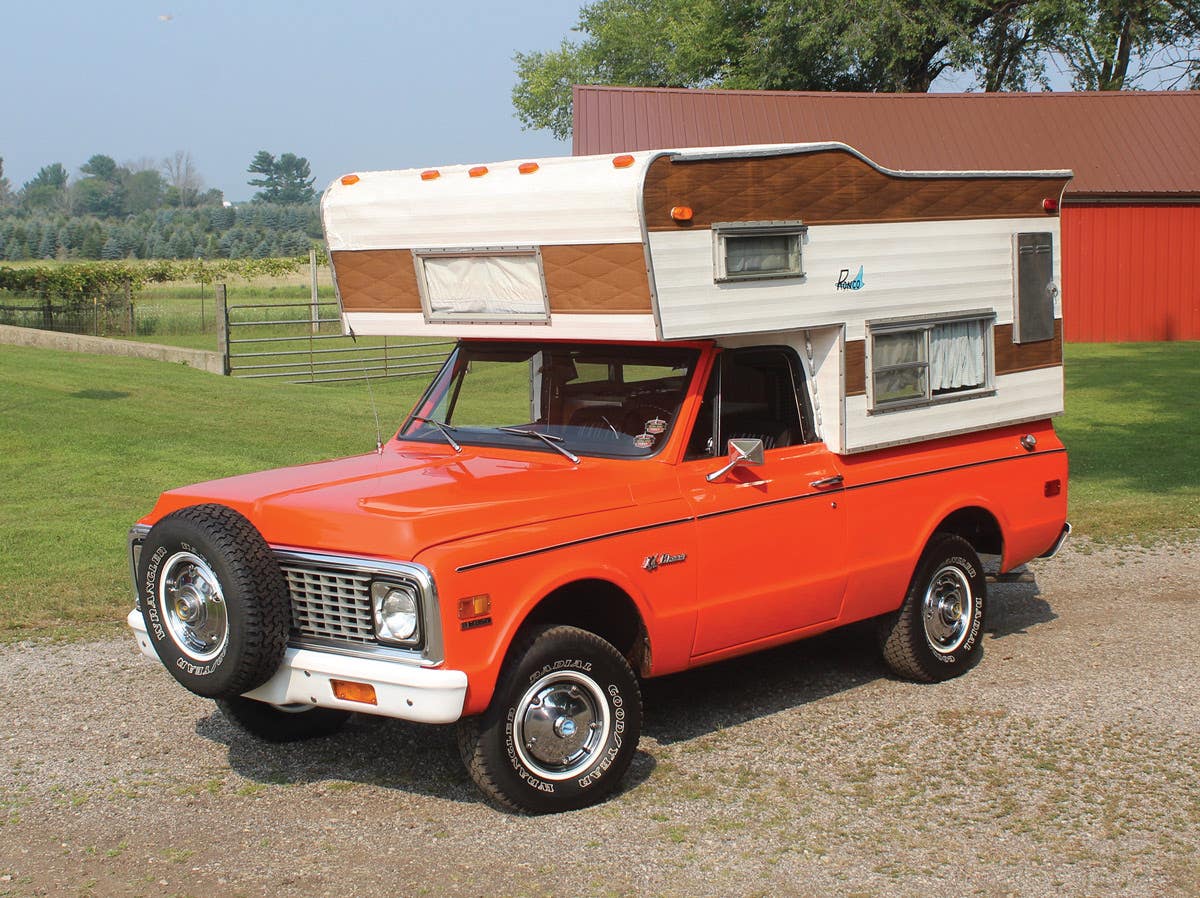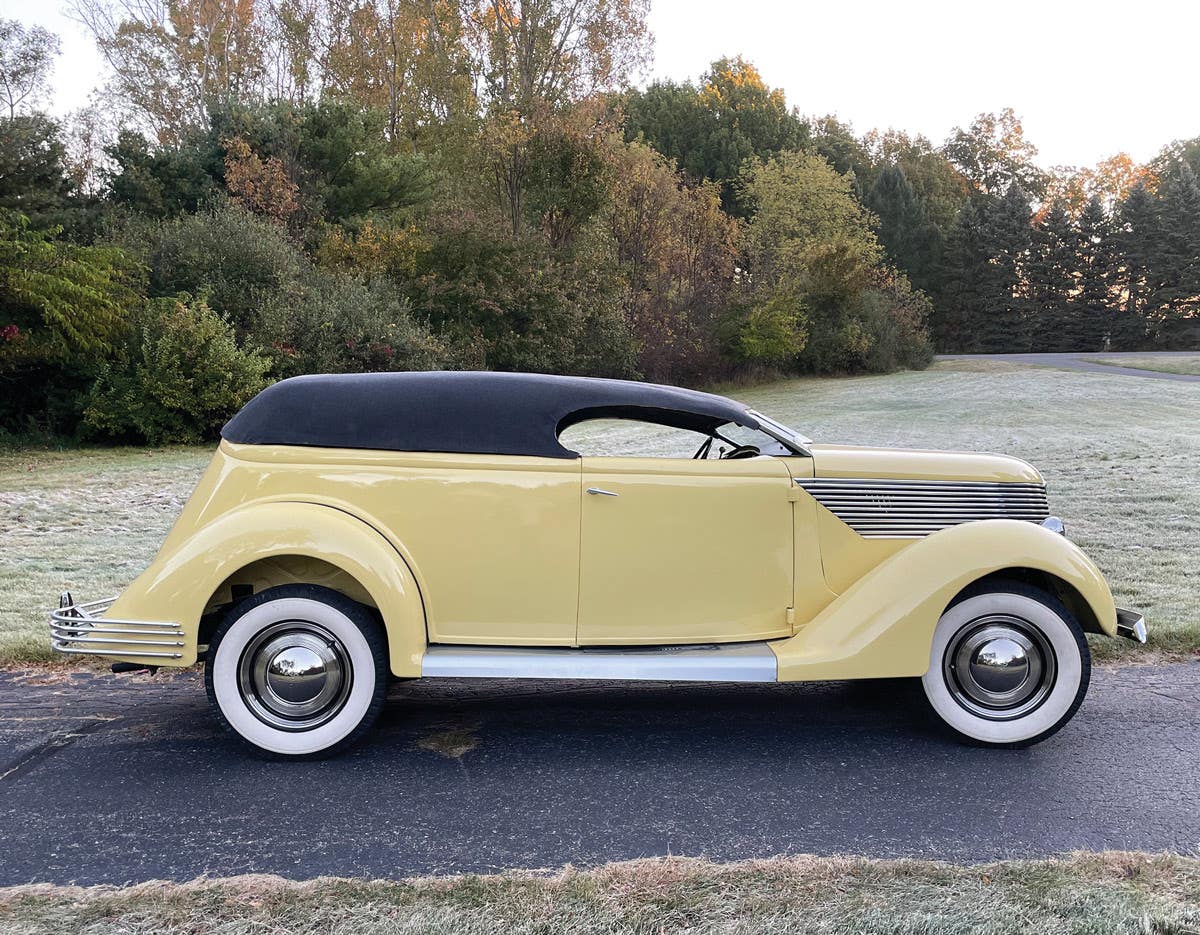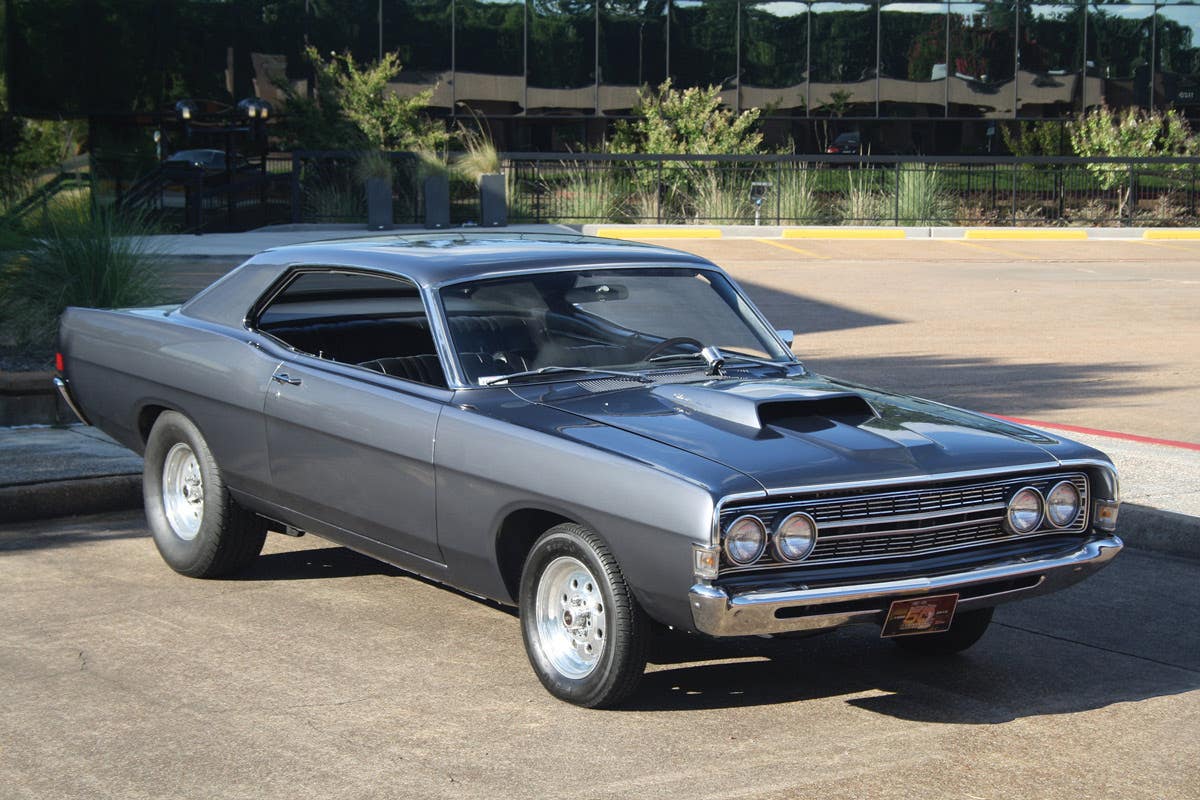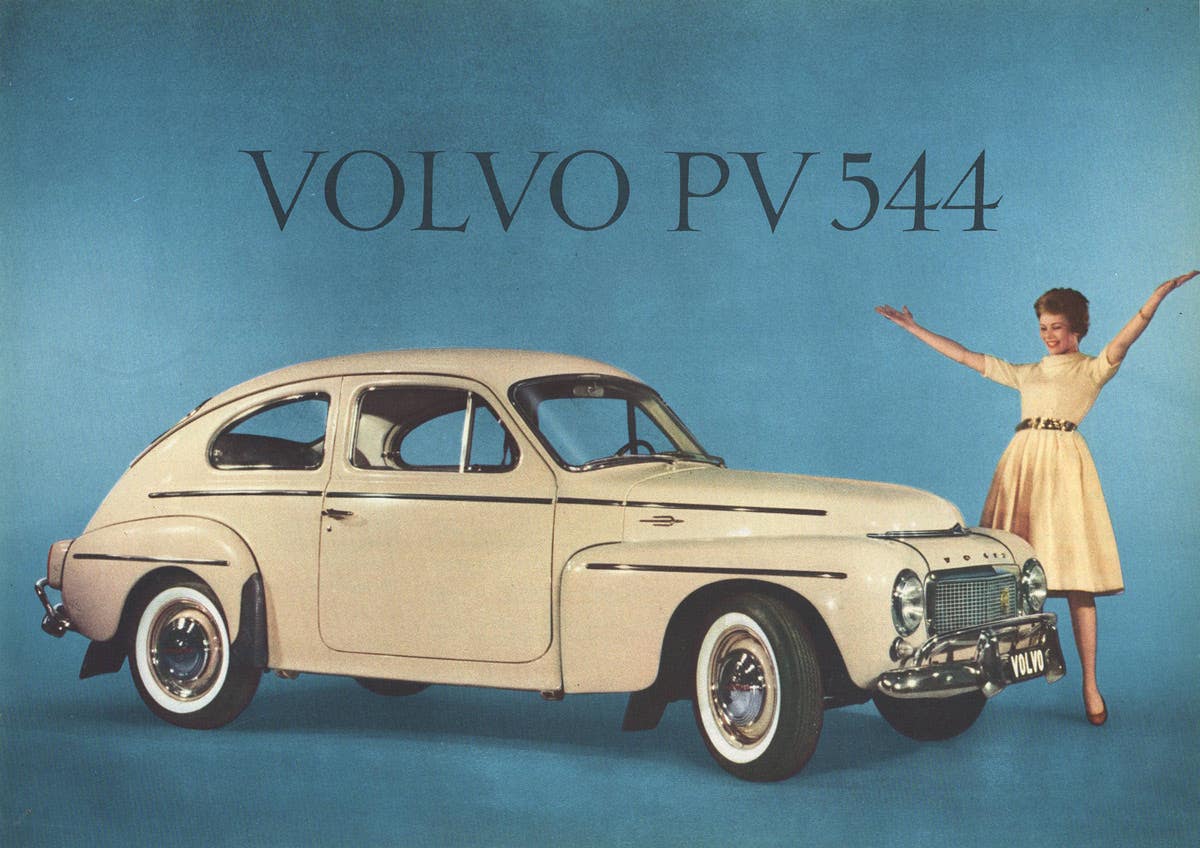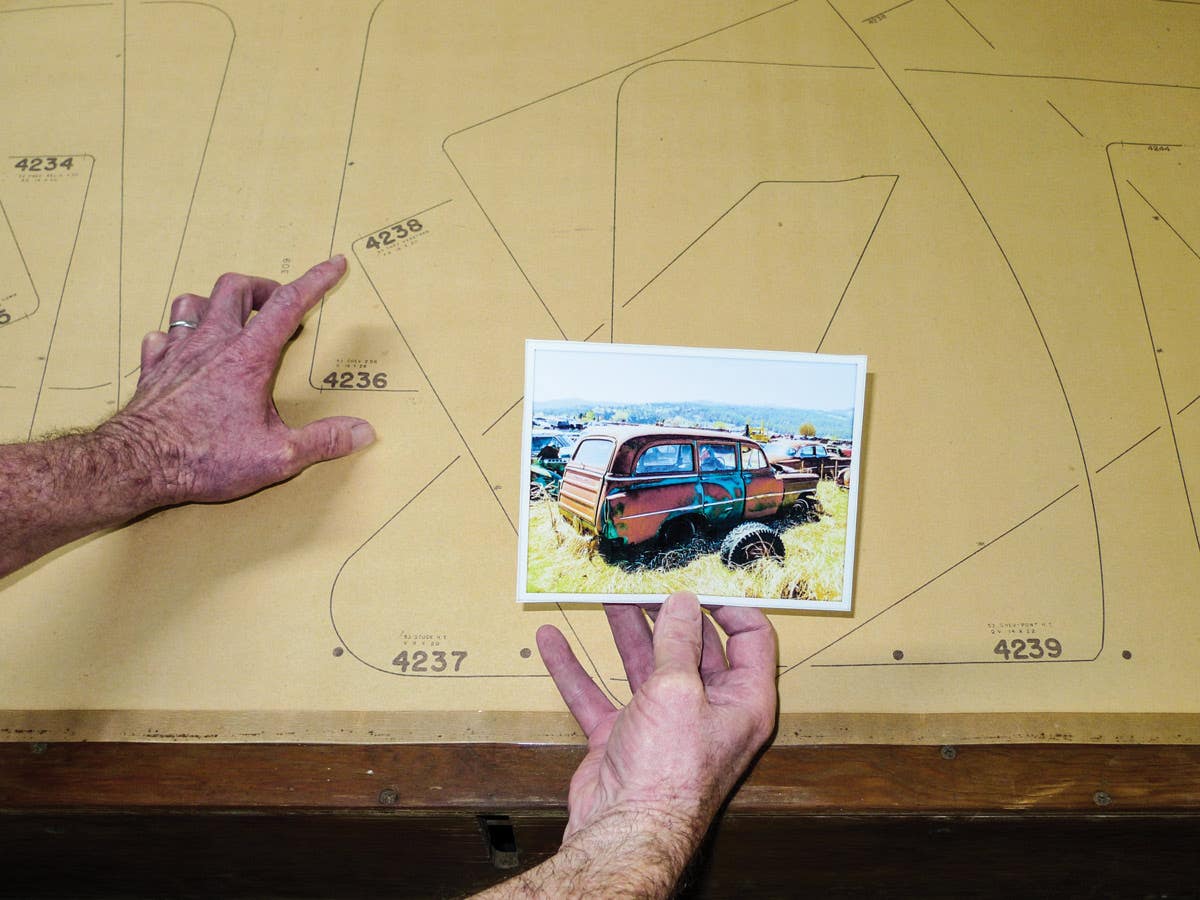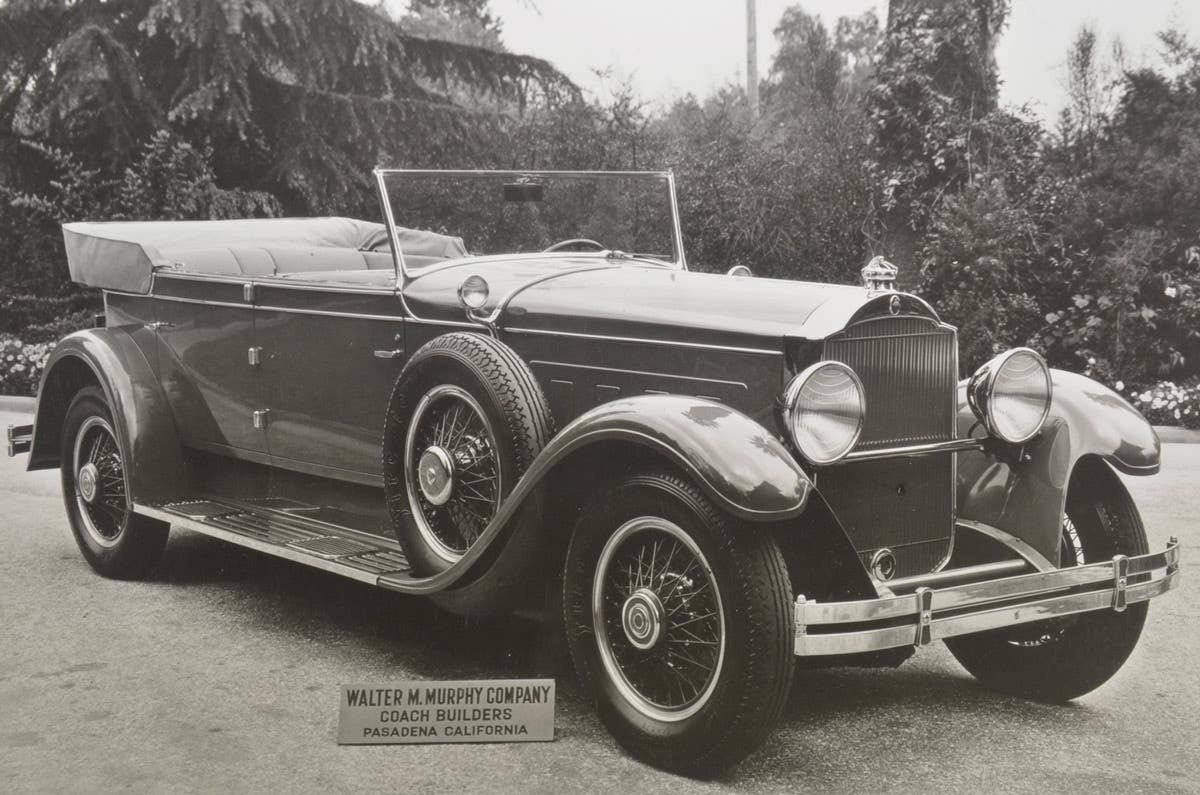Still dealin’: Savvy collector car dealers know how to survive
Veteran collector car dealers are sticking with what they know best: good decisions, good attitudes and good cars.
Country Classics in Staunton, Ill., is never short on
affordable cars, such as this 1950 Chevrolet Styleline
Deluxe coupe. Even in trying economic times, Country
Classics keeps an inventory of 600 cars on hand.
No matter what segment of the old car hobby you want to discuss these days, the same 800-pound gorilla always seems to be in the room.
Nope, we just can’t seem to get away from the economy – that big, hairy, smelly beast that’s giving everybody chilly feet, sweaty foreheads and nervous stomachs these days.
Certainly, the new car segment is right in the middle of the quagmire. At press time, Uncle Sam was still debating the merits of bailing out the Big 3 automakers, who were making a desperate plea for a multi-billion-dollar lifeboat they say is the only thing that will keep them afloat.
It’s pretty ironic that jillion-dollar companies with a commodity – new automobiles — that John Q. Public can’t live without are on the verge of collapse, and yet most “little guy” collector car dealers that sell vehicles we can certainly exist without — antique and collector cars — are apparently holding their own.
No bailouts needed in the collector car hobby, thank you. And more than a few of the dealers are willing to hand out some free advice to the big boys in Detroit about how to run their business in the future. If they even have a business to run.
“They just owe so much money and their overhead has gotten so out of control,” lamented Russ Noel, the longtime owner of Country Classic Cars in Staunton, Illinois. “Everybody just has to learn to live within their means, and that’s part of the problem with GM, Chrysler and Ford. If you want to buy a house, you don’t want to go out and shop for a $200,000, [or] $250,000 house if you only make $30,000 a year … You need to sit down and think, ‘Can I really afford this.’ And it’s like that with buying cars, too.”
Certainly, it’s comparing big apples and small oranges when you talk new cars vs. collector cars, but even in these trying financial times, savvy collector car dealers agree: If you play your cards right, buy the right cars and plan for the long haul, the antique car business can be pretty darn good even while the word “recession” is being thrown around.
Classics never go cold
If there were a single hard-and-fast rule that applied to serious car collecting it’s probably this: “Classic Era cars are gold.” Demand for pre-war, high-end, iconic American iron never seems to wane. If you’ve got a pre-war Packard, Cadillac, Pierce-Arrow, etc., you’ll have no trouble finding people interested in taking it off your hands.
Even when times are tight, there are not enough Classics to go around. Car buffs covet them. Collectors chase them. And high-end dealers like Tom Crook of Tom Crook Classic Cars in Washington make their living off them.
“We had a record year. It started out strong and continued right up until about August,” noted Crook, who deals heavily in Packards, but also traffics the occasional Cord, Duesenberg, Auburn and similar high-end nameplates. “I don’t see anybody having any great problems with the rare and desirable cars …
“Geez, you look at the Gooding sale in Monterey. They did $64 million in two evenings,” Crook added with a chuckle. “And the Barrett(-Jackson) sale in Las Vegas — they did $29 million overall. I thought that was phenomenal for their first time.”
Rick Blomquist of the White Glove Collection in LaCrosse, Wisconsin, agreed, adding, “My market is Studebakers and Pierce-Arrows, and they’ve held up very well. Those are the marques I try to find. You can’t go for the common man’s car; you have to find the rare cars — the cars the rich guy owned years ago.
“Muscle cars are down, and cars that aren’t significant are not going to be holding their value right now, but anything good, like a Packard or a Pierce-Arrow, is going to do well. The quality car will always bring a good price. Sure, there is some shaking out of the dead wood and people that borrowed money against their house to buy their ’57 Chevy dream car two years ago are going to be in trouble … But the serious guys who have always bought cars are still buying them.”
Rick Valenti of Valenti Classic Cars in Caledonia, Wisconsin, said he’s seen many different segments run hot-and-cold in recent years, but true Classics are still defying the economy. “People who have small collections, they are eventually going to want one of those types of cars to fill out their collection,” he said. “The late-’20s and early-’30s stuff, it’s very strong. And there are so many museums out there buying that stuff up. There is a very big demand for that type of merchandise.
“Everything we have in that genre has been sold. We don’t have anything left. Those are the kind of cars we’re looking for.”
Bob Lichty, of Motorcars Portfolio, in Canton, Ohio, says it’s not just full Classics that are keeping buyers’ interest, but anything unique and rare that doesn’t show up everyday.
“We like pre-war cars and we like to deal with them, and we’ve found that lower-priced pre-war cars are a really steady, constant seller,” Lichty said. “We can’t keep Model T’s in stock. It’s kind of funny, (in the past) people predicted that end of the market would dry up, but what’s happened is when all those old guys who really embraced those cars died off, the cars didn’t. Those cars started to come out in auctions and estate sales, and guys in their 50s started to realize how much fun they are. They are a lot of fun for the money spent.”
Muscle and fiberglass woes
Not many dealers these days are bragging about hitting home runs with traditional 1960s muscle cars, and the Corvette market, for the most part, hasn’t been stellar, either. Again, the high-end cars in both areas are doing fine, but the more ordinary cars are finding less love among buyers.
“When I saw the muscle car market take off a few years ago, I knew that wasn’t a healthy situation,” admitted Lichty. “I’m not pleased to say I was right. We didn’t go that way at the time, we stuck with what I know better, and we haven’t had to go scrambling from one segment of the market to the other.”
Steve Valenti of Valenti Classic Cars in Caledonia, Wisconsin, has had enough muscle cars in his showroom this year to feel the pinch, but it’s not something he didn’t expect, either.
“The cars like that spiked in value have corrected themselves a bit,” Valenti said. “The MoPars and Hemi cars … Those cars that were way up over $100,000 might be back down to $80,000 or $90,000 now. There’s a lot or reasons for that, besides the economy. There were a lot of uneducated buyers and a lot of speculators. People started to see these huge (sale prices) and they began pulling their similar cars out of storage, and pretty soon the market started getting saturated.
“Still, overall in the long term, (muscle) has done very well. It definitely has outperformed traditional investments.”
Valenti noted that 2008 has been a bit of a “sorting out” year on the Corvette front. The rare, important cars that have provenance are still rock stars — maybe more than ever before — but prices on many of the cars without perfect documentation are falling.
“There are a lot more ’67 big-blocks on the street than were ever produced back in ’67,” he said sarcastically. “So in that way, it’s good. The good, solid, well-documented cars will still be good sellers.”
Noel still cycles a good number of lower-priced muscle cars through his usual 600-car inventory at Country Classics, but said it can be a challenge for a dealer to make money on traditional high-performance favorites. “Take for instance the 1967-’68-’69 Camaros,” he said. “They’ve always been one of the best places to put your money if you can buy them right, but you can’t find them for the right price anymore. You used to be able to get a decent Camaro (from the 1960s) for $10,000 or $12,000. Now it’s just about double that.
“And some of the higher-end cars have definitely come way down. Some of the MoPar cars are down — the Road Runners and the ’Cudas. And Corvettes are another that is certainly coming down.”
Green pastures overseas
One movement that has certainly helped many collector car dealers weather the shallower pockets some domestic collectors have this year, is the sudden increase in sales from overseas buyers. It is not a particularly pleasing notion for American car buffs, but plenty of fabulous cars are winding up on big boats and landing in foreign garages, thanks to a weak U.S. dollar vs. some foreign currencies.
The bad news certainly, is that come cars are “getting away,” and who knows if they’ll ever be seen on American soil again. The good news is that it’s helping keep the pot cooking for dealers who might be depending on the foreign cash to stay in business.
“I’ve sold more overseas this year than I did last year,” said Brian Stone, of Stone Motor Company in Sherman, Texas. “I think it’s probably that way for a lot of the classic car dealers. I think you are going to start seeing more of them try to get their foot in with more of these oversees buyers and it’s going to expand.”
Lichty ticked off a lengthy list of countries that have had buyers knocking on the door at Motorcar Portfolio, among them Norway, Sweden, Belgium, Spain, Greece, Germany, France and Australia. “I think I was a little surprised at the level of sales overseas,” Lichty noted. “We got to a point in April and May where we were probably doing 70 percent export. I’ve never seen it that high. We’re fairly aggressive with that market and we actually advertise overseas … but I was really surprised, especially with the Eastern Bloc countries. The collectors there really like the early (U.S.) cars.
“A guy was in the store from France the other day. He said World War II decimated the cars in a lot of those Eastern Block countries, like Czechoslovakia, and so many of their cars from that era were destroyed in the war. … So when they find a Model T or Model A, they like ’em.”
Stone admitted that even though he’d never turn down a sale, seeing a nice car leave the country isn’t always easy. “I think everybody that sends ’em overseas kind of has that in the backside of their heads. You think, ‘Man, I sure wish somebody over here would have bought it.’ But it’s one of those things you’ve got to do as a business owner.”
Passing up deals (buyer’s market)
Even with many of the high-end cars still in demand, overall, it’s still very much a buyer’s market in the old car hobby these days. And that goes for the dealers themselves — they are getting more opportunities than ever to buy old cars, and many are passing up deals they would make in a heartbeat in a normal year. There are simply more cars in mid- to lower-level prices available than many dealers have room for, or the money to buy.
“We’re getting a lot more people calling us wanting to sell these days,” said Lichty. “Some people are discouraged because some of them are out of work and going through hard times, and that’s when the toys have to go … We are getting a lot of calls every day, and I am glad to get (the calls), but the sad part is even though we are one of the strong dealers, we can’t buy them all. We are letting a lot of great deals slip by that we’d love to purchase … You just can’t have them all.”
Noel said Country Classics has gone from the sale of as many as 50 to 55 cars a month down to maybe 25 or 30, but the number of calls from sellers looking to add their car to Noel’s 600-car inventory has gone the other way. “We are noticing a lot more people are calling wanting to sell cars,” he said. “And the last sale I went to there was a lot of dealers not buying as many cars; and myself, I didn’t buy as many as I usually do.
“We’ve gotten some good deals on some cars in the last few months because the economy is down.”
Valenti says sometimes he has to play the part of bartender or a cab driver and offer some friendly words of advice to collectors who may be overreacting. “We try to give our advice to people about what to expect, but there are still a lot of people that decide they want to get out from under it and cash out,” he said. “We understand that the toys are the first things to go when you’re strapped, but overall, we’re finding a lot of people selling that don’t need to sell, but are kind of getting caught up in things.”
Blomquist said he any many other dealers have space limitations that force them to keep their car counts down. The White Glove Collection includes about 40 collector cars, and Blomquist doesn’t see that changing much, regardless of how many phone calls he gets from car owners looking to sell. “You have to be careful and buy the right stuff, but I’ve always tried to do that,” he said. “And I don’t want to run out of room. I’ve got only so much building space.”
“I pass on stuff all the time. If there isn’t any room on the end (margin), I don’t get involved. Nobody wants to work for nothing.”
Stone noted that he is receiving many offers from car owners who haven’t completed restorations or repairs on their cars. They are the kind of projects, Stone says, that he is trying to avoid these days. “It’s definitely a buyers market. Most of the calls I get are project cars,” he said. “They’re the ones that still need some stuff that people are trying to let go because maybe they are realizing they probably aren’t going to finish them.”
No time to panic
Above all, veteran dealers are adamant that, when it comes to running a collector car dealership, not doing anything different when the economy is slumping is better than doing something rash.
“I’ve been in this business 35 years, and it’s not too surprising that we see a little bit of a pullback (among buyers),” said Crook. “But again, that’s with the stuff that they made thousands of.
“I’ve got a Duesenberg going in the next Gooding sale, and I’ve got four cars going in Barrett-Jackson Scottsdale at no reserve,” said Crook. “I’m not doing anything different … They keep harping on economy, but then you keep seeing these auctions where they keep setting some new world record … I sold a 1932 boattail V-12 speedster Auburn at Gooding. It brought $625,000 plus the 10 percent (commission) and think that set a record for an Auburn. I don’t know how you can expect any more than that, really.”
“We will certainly keep our ear to the ground and work with the market as it changes, but at the same time try not to abandon our core philosophy,” said Lichty. “I’ve seen three recessions — this has happened three times (since the early ’70s), and people who have survived have come out stronger than ever, and those who have kept their cars have come out stronger than ever. There is a silver lining, if you are patient and can stick it out.”
Stone is clearly one of the dealers not lacking in resolve.
“I think I’m just going to stay on track, try to do a little more advertising each year and try not to let the economy bring me down,” he said. “If you are going to let the economy stop you, you might as well be a communist state. I’m not going to look back and not stopping going forward.”
Valenti, too, has no doubts that brighter days are ahead for the hobby.
“We’re being a little bit more conservative on the purchasing end of things, not because we’re worried about direction of things, but it’s a longer-term hold now,” he said. “You’re gonna probably have six to nine months with a lot of these cars before you can turn them over, and you are tying up that money … But we’ve bought more than 20 cars in the last two months. We’re not holding back, just being selective and making sure we get good, sound, documented cars.
“Hey, if you bought a car for 50 grand two years ago, it’s not worth zero today! It might be worth 45 or 40 (thousand), but there are still so many people who love these cars and have the funds to buy them.”
Rare air muscle cars like this 1970 Hemi Challenger R/T still fetch mega dollars, but the muscle car market as a whole has softened after hitting lofty heights in recent years.



